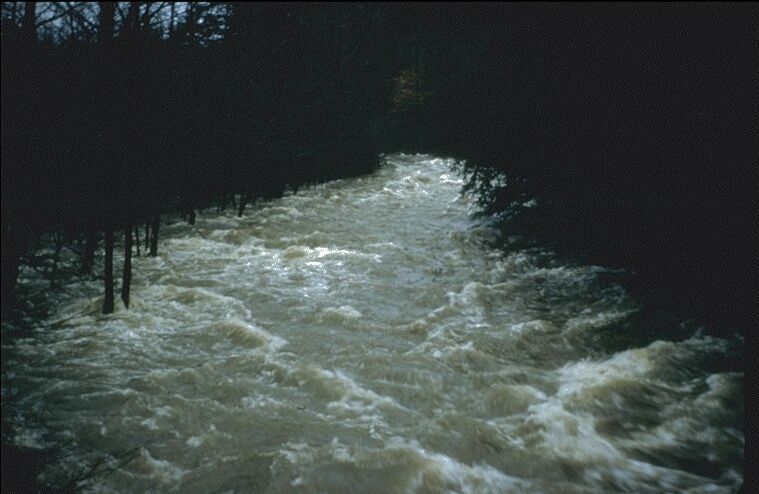
| glossary | menu | Normal | lg | hc | 2.) FGM and Operational River Forecasting > FGM and River Forecasting |
| 1 | 2 | 3 | 4 | 5 | 6 | 7 | 8 | 9 | 10 | 11 | 12 | 13 | 14 | 15 | 16 | 17 | 18 | 19 | 20 | 21 | 22 | 23 | 24 | Next > |
FGM and River Forecasting
 The Fluvial Geomorphology (FGM) Module was created to inform NWS RFC personnel on the topic river forms and processes. While the training goes beyond operational forecasting, it builds on current knowledge of a river and its Floodplain, and will allow advanced understanding of the forces driving river flood behavior.
The Fluvial Geomorphology (FGM) Module was created to inform NWS RFC personnel on the topic river forms and processes. While the training goes beyond operational forecasting, it builds on current knowledge of a river and its Floodplain, and will allow advanced understanding of the forces driving river flood behavior.
Completion of this FGM Module Section will bring exposure to the ways river forms and processes relate to operational forecasting. Continuing through other Sections in the FGM Module will bring an increased understanding of river dynamics and the cumulative effects of various flows in channel formation and transformation.
Overtopping rivers, as shown in this image, are caused by a complex combination of conditions, including rainfall dynamics, land use patterns, infiltration and soil moisture dynamics, and lag and attenuation in river routing of flood waves. The dynamics of the process are not perfectly understood, predictive models are only rough approximations of the observed system, and model inputs are limited in spatial and temporal resolution.
Most operational forecasts apply the expected precipitation forcing data to best estimates or measurements of the initial conditions of soil moisture and river flows. Then, models are extended to simulate headwater rainfall partitioning into storage and hydrographs (e.g., such as the SAC-SMA or API model), and simulate routing of flood waves. FGM analysis appears distant from most of the above operational steps, however it strongly relates to the estimation of headwater hydrographs and routing of main channel flows.
Through an understanding of river form and a monitoring of stability, subsequent inferences about river behavior can guide adjustment of model parameters in hydrograph generation and routing. This introductory FGM training will not provide explicit methods for such adjustment, but instead provide the basis to advance your FGM knowledge and develop such applications.
Image courtesy of FISRWG
| 1 | 2 | 3 | 4 | 5 | 6 | 7 | 8 | 9 | 10 | 11 | 12 | 13 | 14 | 15 | 16 | 17 | 18 | 19 | 20 | 21 | 22 | 23 | 24 | Next > |